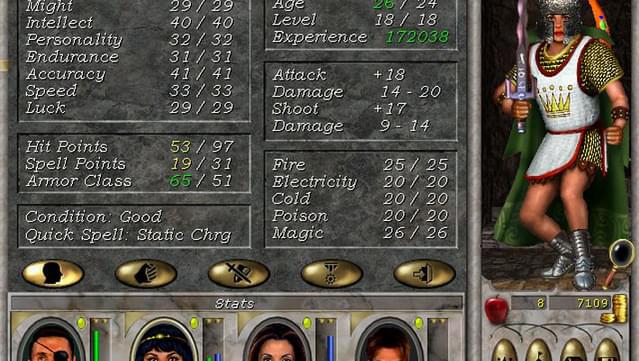
The sixth mistake people make is pushing outwards with their diaphragm while breathing out mid-crunch. You want to make sure every single rep is executed properly and the only way you're going to do that is by forgetting about how high you can count to, and instead focusing on how much you can make it hurt in those muscles on every single rep you do." "When doing crunches, people should focus less on the height they get, and more on the quality of the contraction," he says.Īnother huge mistake, Cavaliere says, is counting your reps instead of making each rep count: "When you're doing this, you're not even worrying about the quality, you're only worried about the numbers. This leads into the fourth mistake: being more concerned with getting into the upward position that with how you're getting there. Then and only then have you completed one rep." You want to make sure you're clearing your shoulder blades off the ground in every repetition. "You've got to focus on your shoulder blades. "You're focusing on the wrong point here," says Cavaliere. Pulling on your neck in the upward motion is a big no-no. Neck pain is something else that can occur if you're not careful about your crunch technique. A simple way to correct this is to secure your feet over something. Putting your feet under something to secure your lower body will activate the hip flexors while doing crunches, which can lead to pain in the lower back due to their attachment to the lumbar spine.


If you're experiencing lower back pain after doing crunches, it's possible that you're anchoring your feet the wrong way. "Lumbar flexion is one of the main functions of the abdominal muscles, and you can do it safely," he says.

This isn't necessarily true as long as you're observing proper technique and allowing for sufficient recovery. The first error, Cavaliere explains, is believing that crunches are inherently bad for your back. In a new video on the Athlean-X channel, strength coach Jeff Cavaliere breaks down the most common mistakes, myths and misconceptions surrounding crunches, and how you should be doing them to train your abs safely and effectively.


 0 kommentar(er)
0 kommentar(er)
